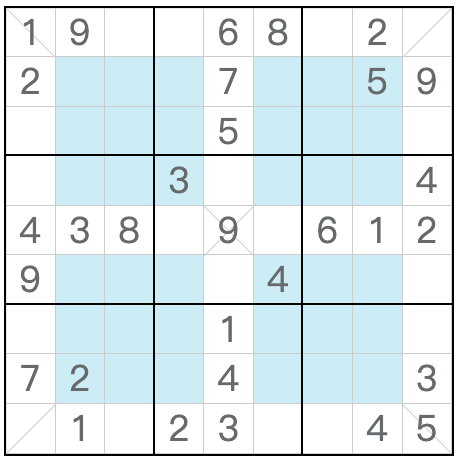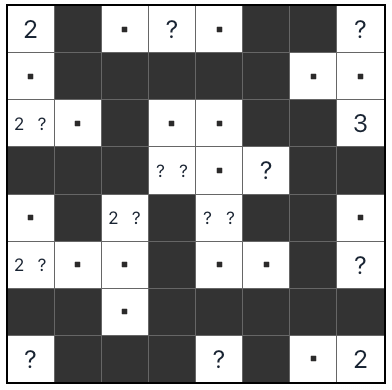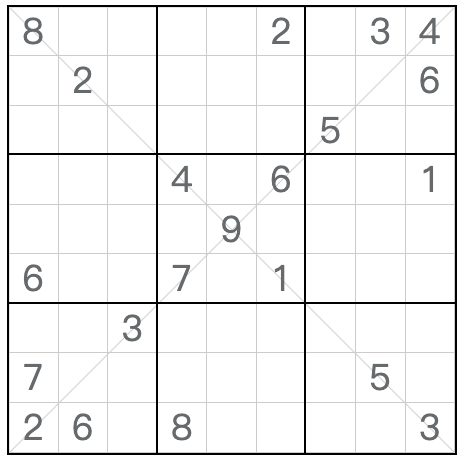Kakuro Expert
Latest score list for #2p1n9
Latest score list for Kakuro
How to play Kakuro
Kakuro rule
The object of a kakuro is to insert digits from 1 to 9 into the white cells to total the clue associated with it. However no digit can be duplicated in an entry. For example the total 6 you could have 1 and 5, 2 and 4 but not 3 and 3.
The puzzle consists of a playing area of filled and empty cells similar to a crossword puzzle. Some black cells contain a diagonal slash from top left to bottom right with numbers in them, called "the clues". A number in the top right corner relates to an "across" clue and one in the bottom left a "down" clue.
Kakuro is to insert digits from 1 to 9 into the white cells to total the clue associated with it. However no digit can be duplicated in an entry. For example the total 6 you could have 1 and 5, 2 and 4 but not 3 and 3.

























